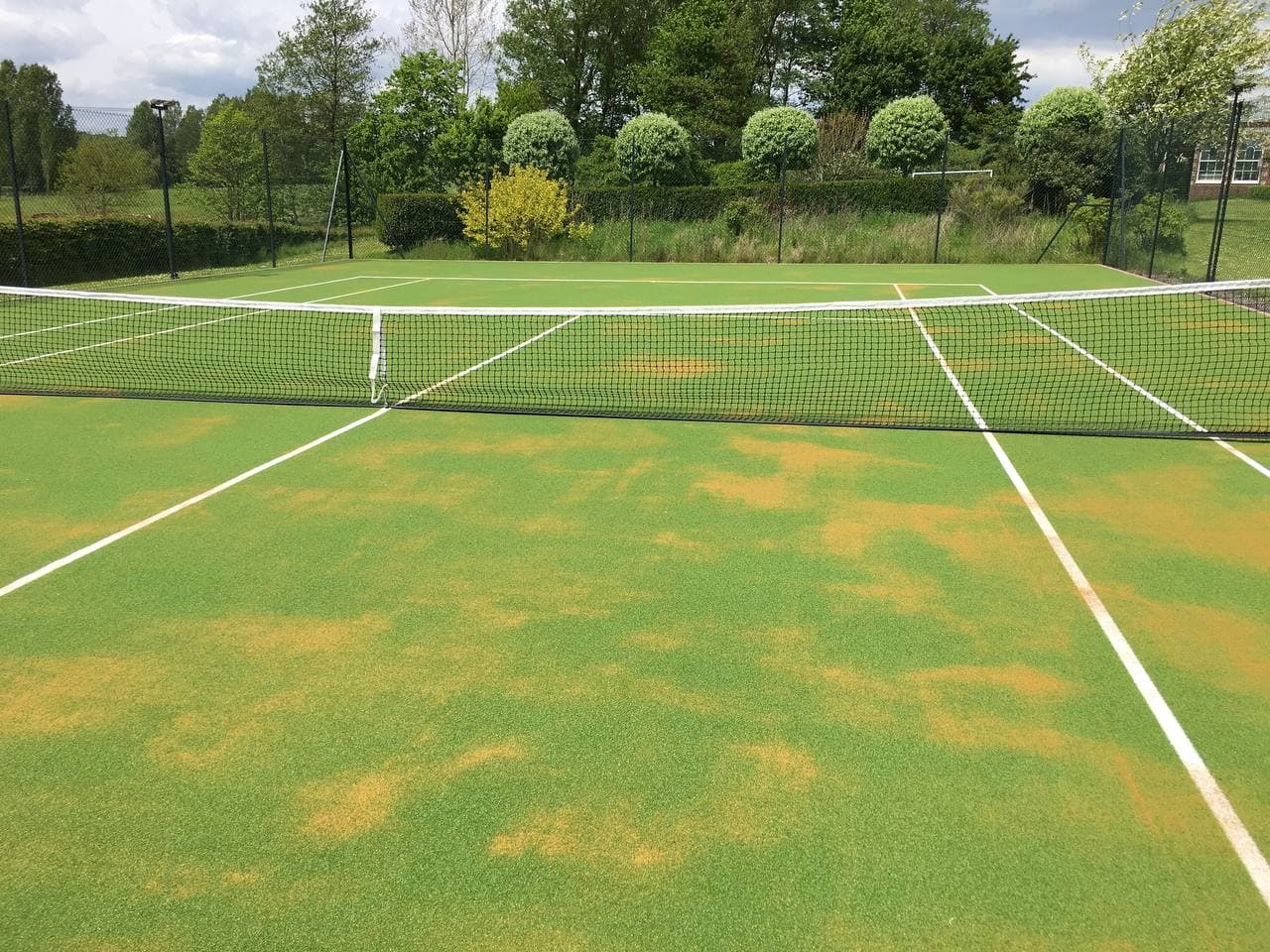Introduction
The idea of building a tennis court on your own property can be exciting, especially for keen players or families who want a private space to enjoy the sport. However, while some homeowners might consider attempting the project themselves, tennis court construction is far from a simple DIY task. At Tennis Court Construction Dorset, we understand the intricate requirements that go into creating a high-quality, durable, and safe playing surface.
The Complexity of Court Foundations
A tennis court is only as strong as the foundations beneath it. Preparing the ground properly involves:
- Excavation and levelling to create a stable base.
- Drainage systems to prevent waterlogging and surface damage.
- Specialist sub-base materials that support the chosen playing surface.
Skipping or mishandling any of these stages can result in uneven surfaces, pooling water, and cracks that compromise both play quality and safety.
Precision in Surface Construction
Unlike general paving or landscaping projects, tennis courts must meet strict standards for flatness, texture, and ball response. Different surfaces—such as tarmac, acrylic, or synthetic grass—require precise installation methods. Without professional expertise, it’s easy to end up with:
- Inconsistent bounce due to uneven layers.
- Surface defects that accelerate wear and tear.
- Unsafe playing conditions that increase the risk of injury.
At Tennis Court Construction Dorset, our team applies the right techniques to ensure a smooth, professional finish.
The Importance of Specialist Equipment
DIY approaches often lack the heavy machinery and precision tools necessary for building a professional-grade tennis court. From compactors for the sub-base to laser levelling systems, the right equipment ensures accuracy at every stage. Attempting the project without these tools typically leads to costly errors and disappointing results.
Meeting Standards and Regulations
Professional tennis court construction involves more than simply laying a surface. Key elements must be considered, such as:
- Court orientation to maximise natural lighting and minimise glare.
- Correct dimensions to meet recreational or competitive standards.
- Perimeter fencing and access points for safety and usability.
Overlooking these details can limit the court’s usability and reduce the long-term value of the investment.
Long-Term Performance and Maintenance
A tennis court is designed to last for decades if built correctly. DIY attempts often lack the expertise to ensure long-term resilience, which means problems may appear within a few seasons. Common issues include cracking, drainage failures, and rapid surface deterioration. Professional construction ensures the court is designed not only for immediate use but also for easy maintenance in the years ahead.
Conclusion
While the prospect of building a tennis court yourself may seem appealing, the risks far outweigh the potential savings. From technical foundations to specialist surfaces, every step requires expert knowledge and equipment. Tennis Court Construction Dorset provides professional court installation in Dorset, UK, ensuring that your investment delivers exceptional play quality, durability, and lasting value. If you are considering adding a court to your property, trust the professionals to get it right from the very beginning.
Call us on: 01202 125699
Click here to find out more about Tennis Court Construction Dorset
Click here to complete our contact form and see how we can help with your tennis needs.
